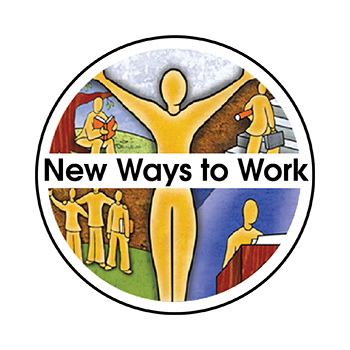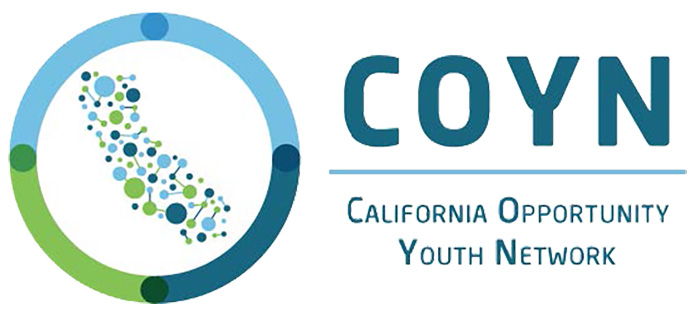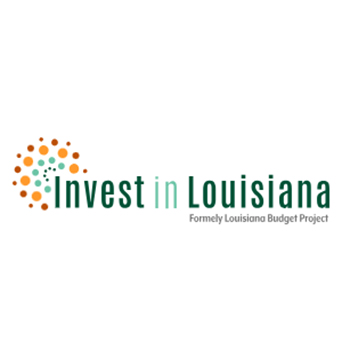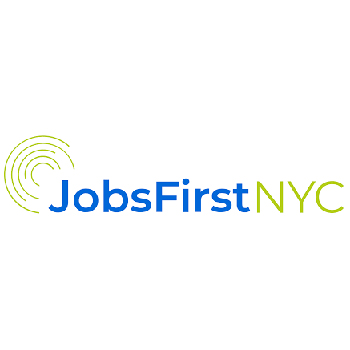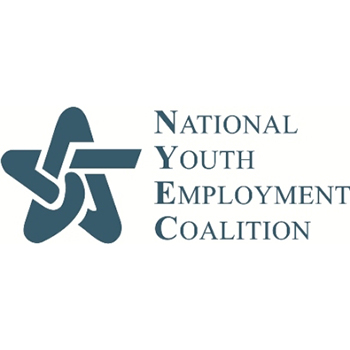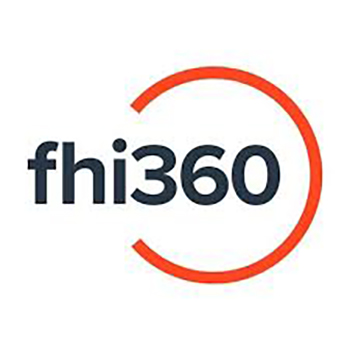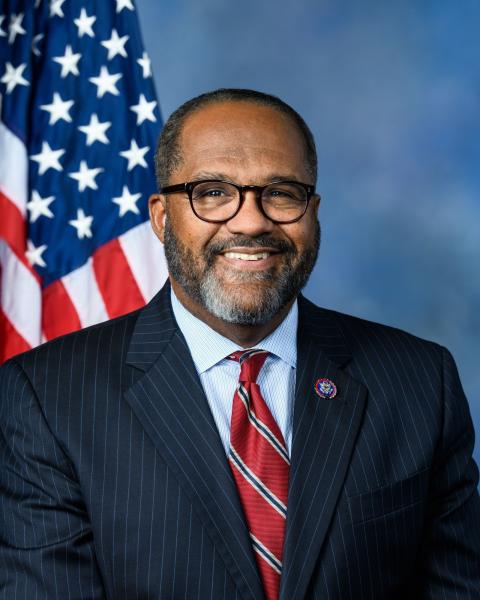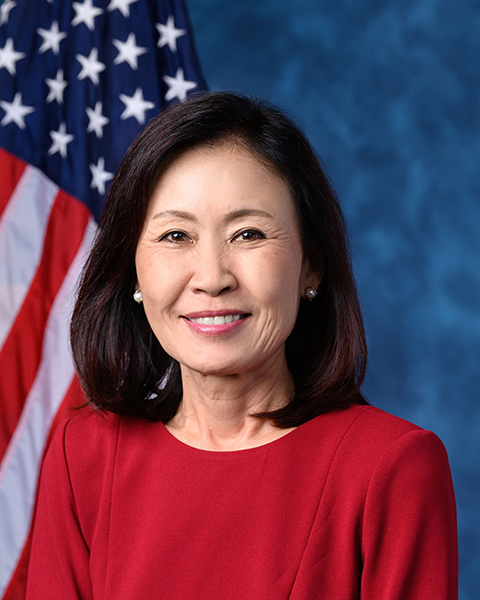Congressional Bipartisan Opportunity Youth Caucus (BOYC)
The Bipartisan Opportunity Youth Caucus was established to serve as a forum for Members of Congress, staff, and stakeholders from the field to prioritize and promote policies that advance academic and career outcomes for opportunity youth.
Co-Chairs
Why Focus on Opportunity Youth (OY)?
Opportunity Youth (OY) are young people aged 16-24 who are disconnected from school and work. Previously referred to as “disconnected” or “at-risk” youth, the term Opportunity Youth emerged as a way to emphasize the societal and economic potential of re-engaging these young people. Measure of America recently estimated the overall youth disconnection rate of 12.6 percent, or nearly 5 million youth nationally. OY are uniquely vulnerable to negative long-term consequences of disconnection given their transition period to adulthood. A recent analysis of out-of-work youth found the largest share (62 percent) has no more than a high school diploma, the least work experience, the lowest rates of school enrollment, the highest rates of parenthood, and are the least prepared to find and keep jobs.
The consequences of being shut out of the labor market include damage to individual earnings and national productivity. The Economic Value of Opportunity Youth estimated that in one year, taxpayers “shouldered more than $93 billion to compensate for lost taxes and direct costs to support young people disengaged from both education and work.” A recent report found “reconnected” youth are 45 percent likelier to own a home, 42 percent likelier to be employed, and 52 percent likelier to report good or excellent health. If these nearly 5 million OY were reconnected, it would result in $11,900 per year in additional tax revenue, which adds up to roughly $55 billion per year.
Further, youth mental health issues have been increasing. The Surgeon General found that “Mental health challenges are the leading cause of disability and poor life outcomes in young people. Unfortunately, in recent years, we’ve seen significant increases in certain mental health disorders in youth, including depression, anxiety, and suicidal ideation.” Youth disconnection knows no political boundaries: urban and rural areas alike face high rates.
Over 170 national, state, and local organizations, philanthropies, and even state and local governments are committed to supporting the newly formed Bipartisan Opportunity Youth Caucus. These include organizations like the California Opportunity Youth Network (COYN), Louisiana Opportunity Youth Coalition (LOYC), and the National Youth Employment Coalition (NYEC).
An Inside Look Into OY Disconnection
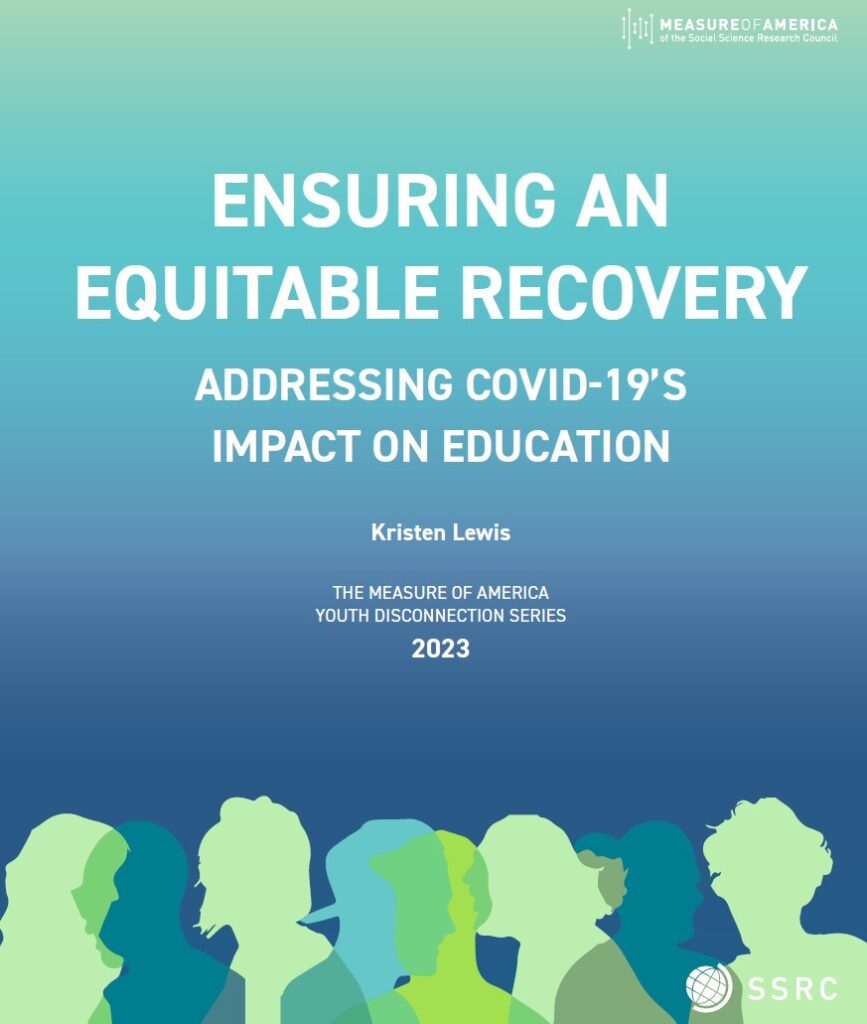
Ensuring an Equitable Recovery: Addressing Covid-19’s Impact on Education is the latest in Measure of America’s series of annual reports on teens and young adults ages 16–24 years who are neither working nor in school, a group referred to as disconnected youth or opportunity youth. The youth disconnection rate is a vital metric of access to opportunity and societal well-being. People acquire skills, credentials, habits, and experiences fundamental to a rewarding, productive, and joyous life during their teens and early twenties. The youth disconnection rate thus tells us which young people in our society have the chance to lay the groundwork for freely chosen, flourishing lives and which groups face serious challenges in the transition to adulthood. Research shows that being disconnected as a young person has long-term consequences; it’s associated with lower earnings, less education, worse health, and even less happiness in later adulthood. Determining who remains disconnected, and why, is vital to identifying strategies and interventions, especially in the wake of the Covid-19 pandemic.
Bipartisan Caucus on Opportunity Youth Focus Areas
There are numerous federal laws that impact OY. Many of these laws are up for reauthorization, or have been particularly relevant in the aftermath of the COVID-19 pandemic and economic downturn:
- Workforce Innovation & Opportunity Act (WIOA)
- National Apprenticeship Act (NAA)
- Sector-Specific Workforce Development
- Secondary & Post-Secondary Education and Technical Training
- Performance Partnership Pilots (P3)
- AmeriCorps & Civic Engagement
- SNAP Employment & Training Program (SNAP E&T)
- Temporary Assistance for Needy Families (TANF)
- Mental Health Services
- Homelessness
- Foster Care
- Re-entry for Ex-Offenders (REO)
- Individuals with Disability Education Act (IDEA)
Learn More
Collaborative Partners
